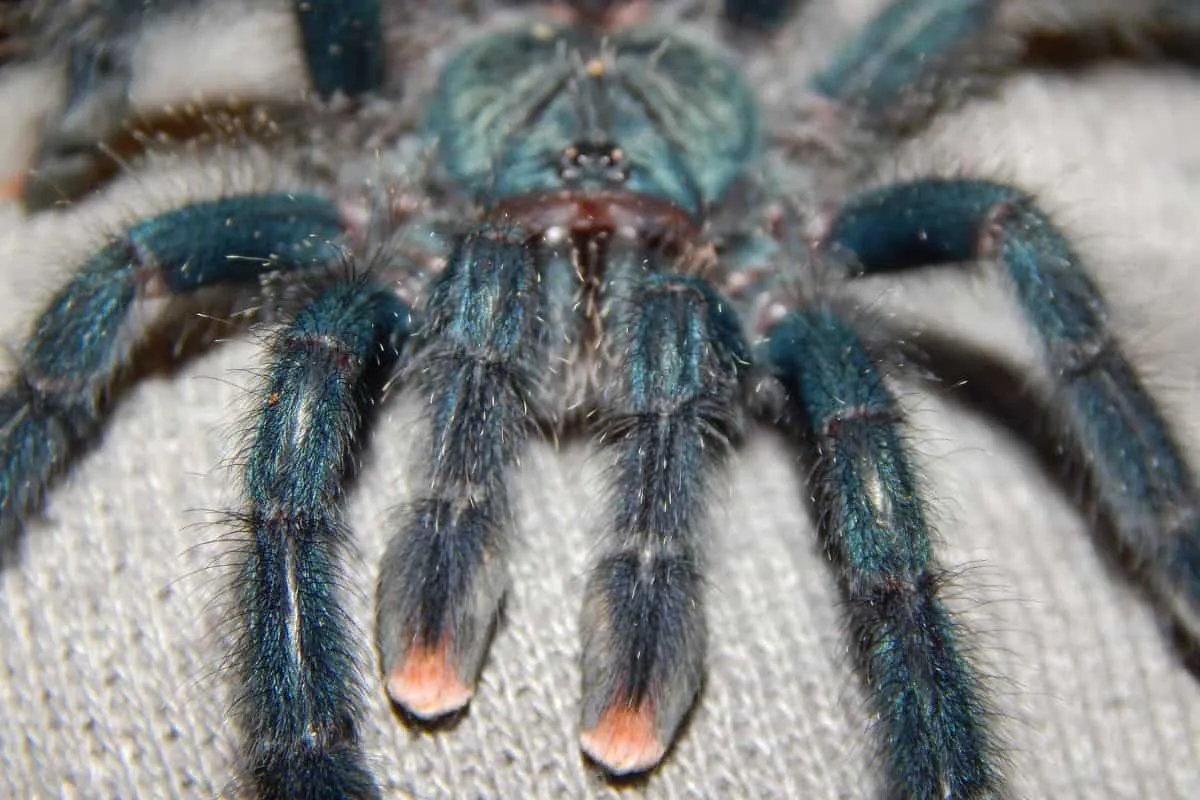The pinktoe tarantula, a captivating and beautiful arboreal species, is a popular choice among tarantula enthusiasts. Successfully keeping these arachnids involves understanding their specific dietary requirements. This guide delves into the intricacies of a pinktoe tarantula diet, providing comprehensive information on what they eat, how often to feed them, and essential care tips to ensure a healthy and thriving pet. From selecting the right insects to maintaining proper hydration, we’ll cover everything you need to know to keep your pinktoe tarantula happy and well-fed. Proper diet and care are the cornerstones of pinktoe tarantula care, contributing significantly to their longevity and overall well-being.
Pinktoe Tarantula Diet Understanding Their Needs
Pinktoe tarantulas, native to the rainforests of South America and the Caribbean, have evolved to thrive on a diet of insects and other small invertebrates in their natural habitat. Replicating this diet in captivity is crucial for their health. Understanding their natural feeding habits, including the types of prey they consume and the frequency with which they eat, is the first step in providing appropriate care. This also involves recognizing the environmental factors that influence their appetite and overall health, such as temperature and humidity. By mimicking their natural diet and environment, you can ensure your pinktoe tarantula receives the nutrition it needs to flourish in a captive setting. It’s also important to note that tarantulas have a slow metabolism, and they don’t need to eat every day, which is different from other pets.
Pinktoe Tarantula Diet What Do Pinktoes Eat
The diet of a pinktoe tarantula should primarily consist of insects. These tarantulas are opportunistic feeders, meaning they will eat a variety of insects that they can overpower. The best choices for their diet are readily available and easy to acquire. Providing a varied diet can help ensure they receive all necessary nutrients. Variety in their diet also helps prevent nutritional deficiencies. Always make sure that insects are from a reputable source to avoid introducing parasites or pesticides to your tarantula.
Pinktoe Tarantula Diet Crickets as Staple Food
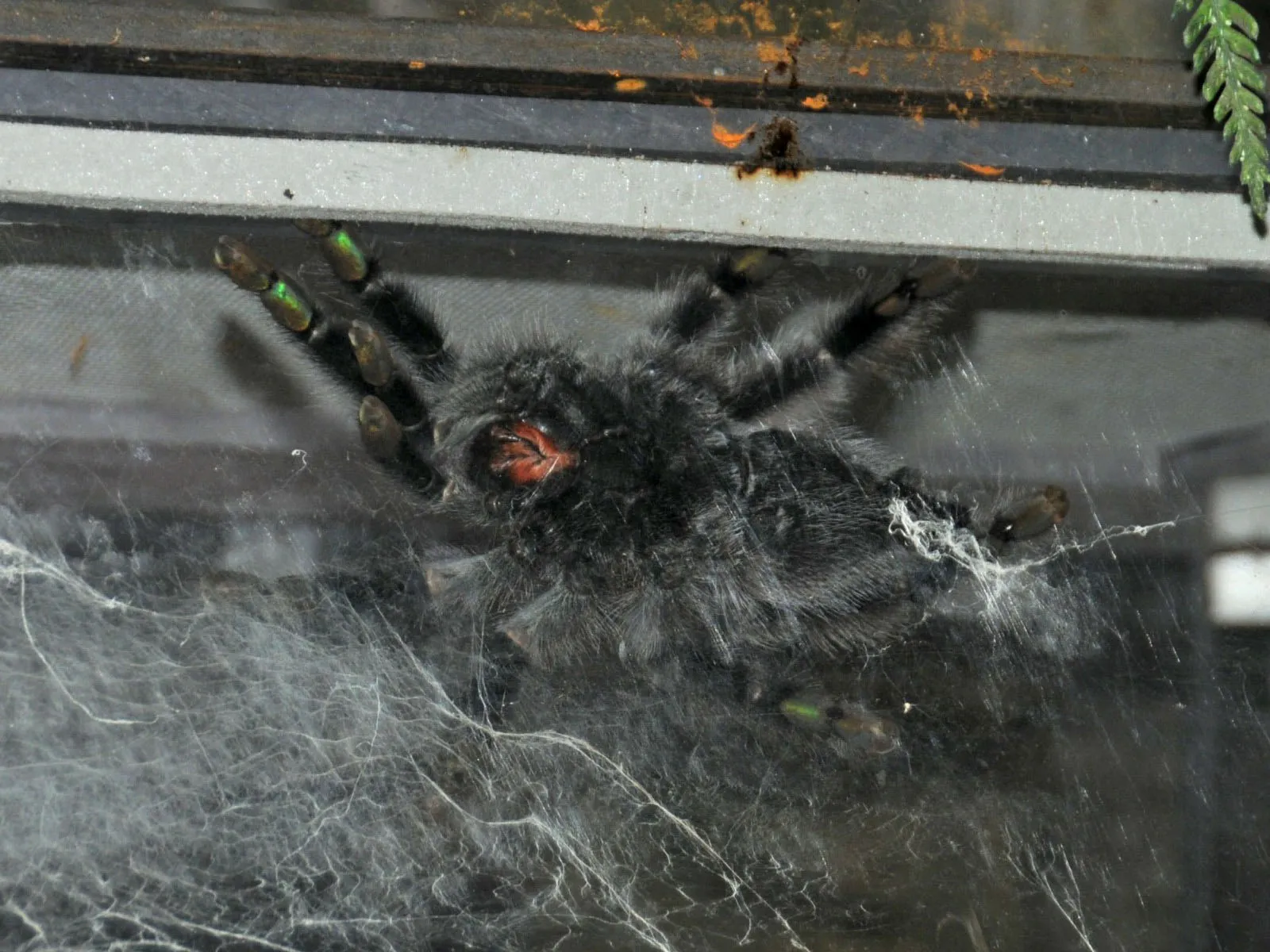
Crickets are a convenient and readily available staple food for pinktoe tarantulas. They are relatively easy to breed or purchase from pet stores, and they provide a good source of protein and essential nutrients. Crickets should be properly gut-loaded before feeding them to your tarantula. This involves feeding the crickets nutritious food such as vegetables, fruits, and commercial cricket food, which enriches their nutritional value and passes it on to your tarantula. The size of the crickets should be appropriate for the size of your tarantula; as a general rule, the prey should be no larger than the tarantula’s body.
Pinktoe Tarantula Diet Roaches as a Supplement
Roaches, such as dubia roaches, are another excellent food source for pinktoe tarantulas. They offer a higher protein content and are generally more nutritious than crickets. Roaches are also less prone to escaping from the enclosure, making them a safer option. Like crickets, roaches should also be gut-loaded to maximize their nutritional value. Dubia roaches and other similar roaches can be purchased from many online retailers or specialized pet stores, and they are relatively easy to maintain. Using roaches as a supplement can add variety to their diet and provide a richer nutritional profile.
Pinktoe Tarantula Diet Other Insects
In addition to crickets and roaches, you can supplement your pinktoe tarantula’s diet with other insects. Mealworms and superworms can be offered, but they should be given sparingly because they have a higher fat content. Other suitable options include waxworms (again, sparingly) and silkworms. Ensure that all insects are pesticide-free. Avoid feeding wild-caught insects, as they may carry parasites or have been exposed to harmful chemicals. A varied diet ensures that your pinktoe tarantula gets a comprehensive range of nutrients, contributing to its overall health and well-being.
Pinktoe Tarantula Diet Feeding Frequency
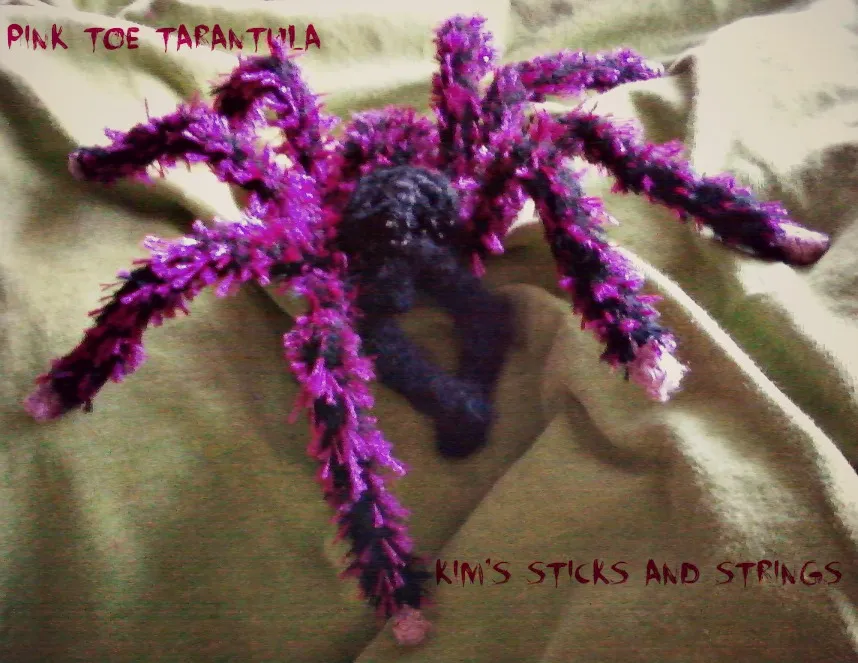
The frequency of feeding your pinktoe tarantula depends largely on its age and size. Spiderlings, the young ones, require more frequent feeding because they are growing rapidly. Adults can be fed less often because their growth rate is slower. It’s important not to overfeed your tarantula, as this can lead to health problems. Always remove any uneaten prey from the enclosure after a certain period to prevent stress to the tarantula and to maintain a clean environment.
Pinktoe Tarantula Diet Feeding Schedule for Spiderlings
Spiderlings require more frequent feeding, typically every other day or every three days. They are growing at a rapid pace and need a steady supply of nutrients. The size of the prey should be appropriate for their size; start with small crickets or fruit flies. As they grow, you can increase the size of the prey. It’s also important to monitor their abdomen size. An overfed spiderling may experience health issues. Ensure that the prey is smaller than the spiderling’s body to avoid stress and ensure that it can successfully capture and consume the food.
Pinktoe Tarantula Diet Feeding Schedule for Adults
Adult pinktoe tarantulas can be fed less frequently, usually once a week or every other week. Their growth rate slows down significantly, so they do not require as much food. The size of the prey should be appropriate for the size of the adult tarantula, which may include adult crickets, roaches, or other insects. It’s also normal for adult tarantulas to refuse food from time to time, especially before a molt. Overfeeding can lead to health problems, so it’s important to monitor your tarantula’s abdomen and adjust the feeding schedule accordingly. If the abdomen is too large, reduce the feeding frequency.
Pinktoe Tarantula Diet Hydration Needs
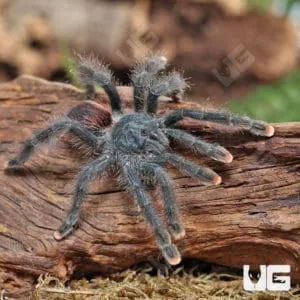
Proper hydration is as crucial as a good diet for your pinktoe tarantula’s health and well-being. They need access to fresh water at all times. Dehydration can be fatal, and maintaining adequate hydration is essential for their molting process and overall health. Offering water in the correct manner and ensuring the correct humidity levels are key to maintaining a healthy pet.
Pinktoe Tarantula Diet Water Dish Importance
A shallow water dish is essential for providing fresh water to your pinktoe tarantula. The dish should be small enough to prevent the tarantula from drowning, especially for spiderlings. Use a sponge or small stones in the water dish to ensure the tarantula can easily drink and to reduce the risk of drowning. The water should be changed frequently to keep it clean and prevent the growth of bacteria or algae. Regularly checking and cleaning the water dish is a simple but essential aspect of their care, and fresh water is key to the tarantula’s health.
Pinktoe Tarantula Diet Misting for Hydration
In addition to a water dish, misting the enclosure is beneficial, especially for arboreal tarantulas like the pinktoe. Misting helps to increase humidity levels, which is critical for their health. Misting should be done a few times a week. Monitor the humidity levels with a hygrometer to ensure they are within the appropriate range for your tarantula. Don’t over-mist, as this can lead to mold or fungal growth in the enclosure. Misting also provides water droplets, which the tarantula can drink. The goal is to create a balanced and humid environment that mimics their natural habitat.
Pinktoe Tarantula Diet Supplements & Vitamins
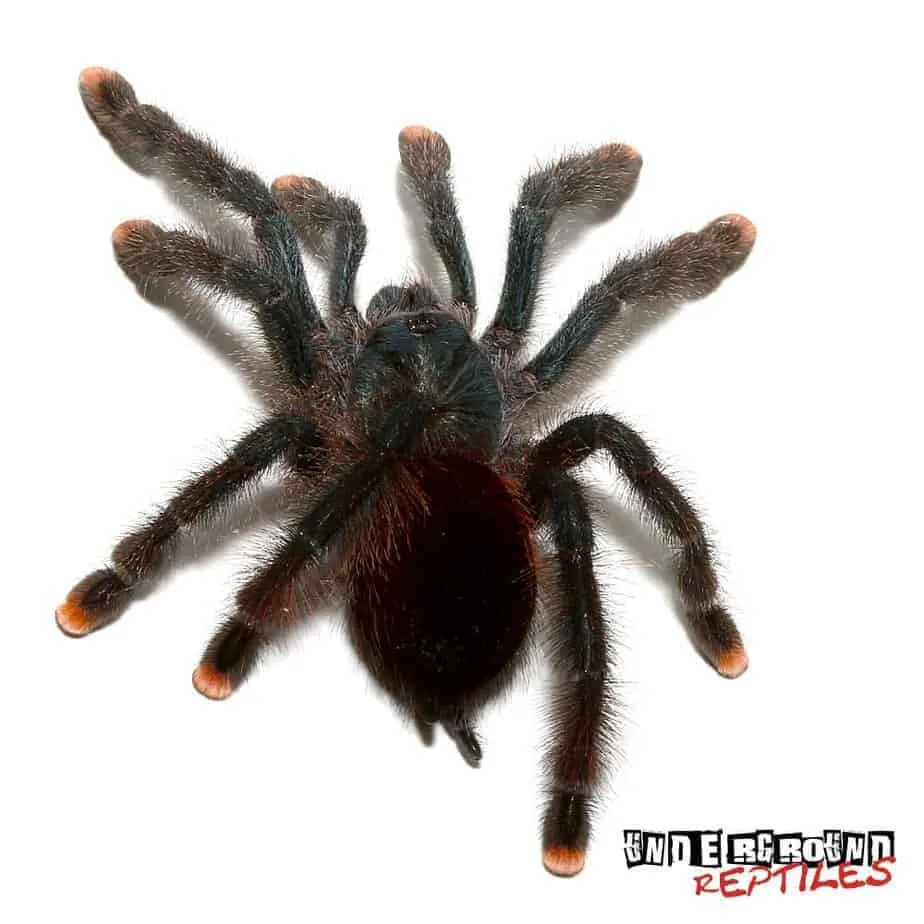
While a varied diet of insects is sufficient for most pinktoe tarantulas, some keepers choose to supplement their tarantulas’ diets. Whether or not supplements are necessary depends on the quality of the insects and the overall health of your tarantula. It’s important to understand the potential benefits and drawbacks before adding any supplements to your tarantula’s diet. Ensuring proper nutrition for the prey is often the most effective way to provide your tarantula with necessary nutrients.
Pinktoe Tarantula Diet Are Supplements Necessary
In most cases, a well-balanced diet of gut-loaded insects will provide all the necessary nutrients for your pinktoe tarantula. However, some keepers choose to dust the insects with calcium or vitamin supplements, particularly for growing spiderlings or females that are producing egg sacs. If you decide to use supplements, it’s important to do so in moderation and to research the specific needs of your tarantula. Over-supplementation can be harmful, so consult with a veterinarian or experienced tarantula keeper if you have any concerns.
Pinktoe Tarantula Diet Gut Loading Prey
Gut loading is the practice of feeding insects a nutritious diet before offering them to your tarantula. This ensures that the prey is packed with vitamins and minerals, which are then passed on to your tarantula. Feed the insects a varied diet of fruits, vegetables, and commercial insect food for at least 24 hours before feeding them to your tarantula. Gut loading enhances the nutritional value of the prey and provides the tarantula with a more complete diet. The gut-loading process helps to enrich the nutritional profile of the insects.
Pinktoe Tarantula Diet Considerations for a Healthy Diet
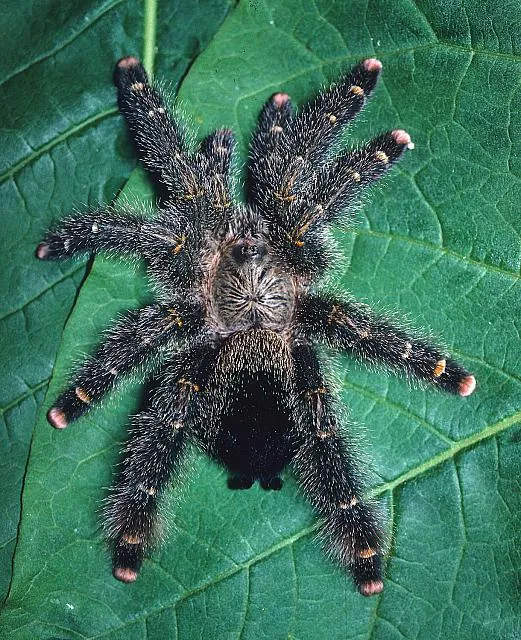
Several factors influence a pinktoe tarantula’s diet and overall health. These include avoiding overfeeding, recognizing when a tarantula refuses to eat, and ensuring the prey size is appropriate. The best approach is to observe your tarantula closely and respond to its specific needs. Knowing these aspects will contribute to the well-being of your pinktoe. Careful observation and a proactive approach are crucial for providing optimal care and ensuring a healthy pet.
Pinktoe Tarantula Diet Avoiding Overfeeding
Overfeeding is a common mistake among tarantula keepers. It can lead to health problems such as obesity and difficulty molting. Monitor your tarantula’s abdomen. If it appears too large, reduce the feeding frequency. Adult tarantulas can often go for weeks or even months without eating, especially before a molt. A healthy tarantula will have a moderately sized abdomen. Always remove uneaten prey within 24 hours to prevent stress to the tarantula and to maintain a clean habitat.
Pinktoe Tarantula Diet Recognizing a Refusal to Eat
Tarantulas may refuse to eat for various reasons. This can include pre-molt, stress, or changes in their environment. If your tarantula refuses food, don’t panic. Observe your tarantula for other signs of illness or molting. If it’s in pre-molt, it may become less active and refuse food for several days or weeks. Ensure the environmental conditions are correct. If the refusal persists for an extended period and there are no signs of molting or other issues, it’s best to consult with a veterinarian experienced in exotic animals.
Pinktoe Tarantula Diet Ensuring Proper Prey Size
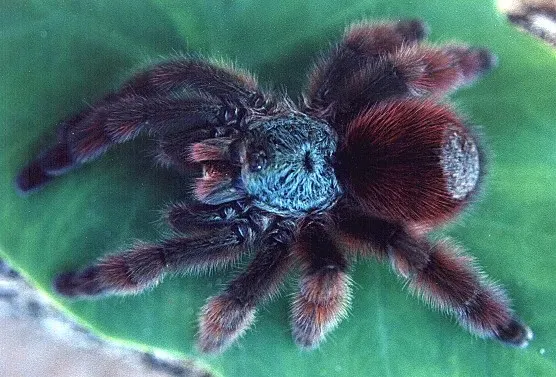
The size of the prey should be appropriate for the size of your tarantula. As a general rule, the prey should be no larger than the tarantula’s body. For spiderlings, start with small crickets or fruit flies. For adults, offer appropriately sized crickets, roaches, or other insects. Providing prey that is too large can stress the tarantula, and potentially injure it. Appropriately sized prey also encourages the tarantula to hunt and eat, promoting natural behavior. The correct prey size is a key aspect of proper feeding practices, contributing to your tarantula’s health and well-being.
In conclusion, providing a healthy diet for your pinktoe tarantula is essential for its well-being. By understanding their dietary needs, offering the right food, and following appropriate feeding practices, you can ensure your tarantula thrives in captivity. Remember to provide fresh water, maintain the correct environmental conditions, and observe your tarantula’s behavior. With proper care and attention, your pinktoe tarantula can live a long, healthy, and fascinating life. Enjoy your journey with this captivating species!
